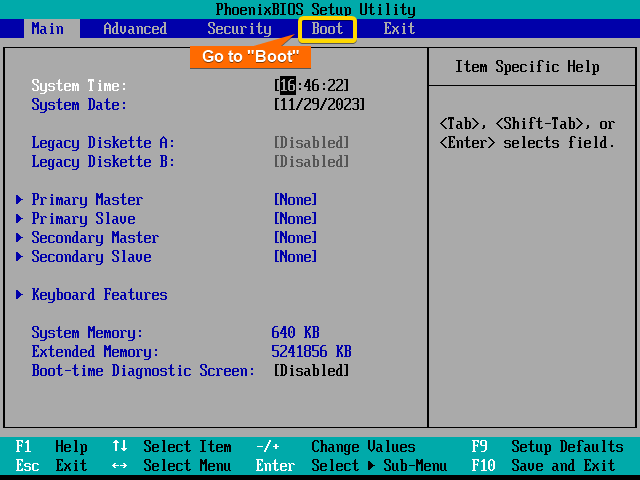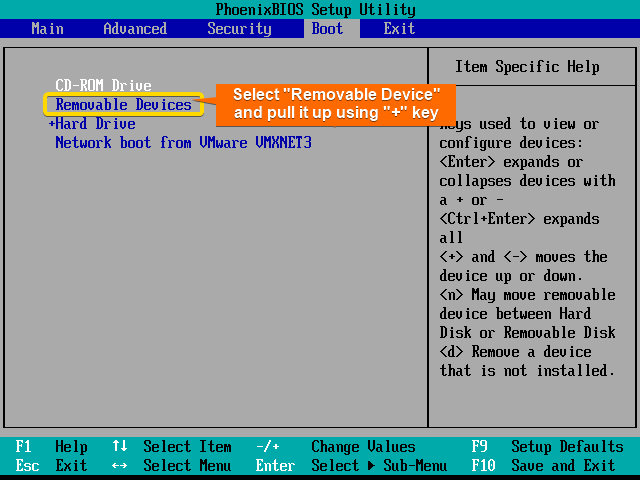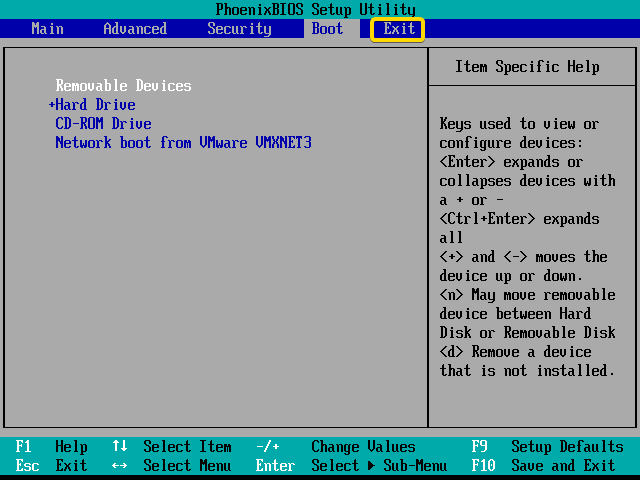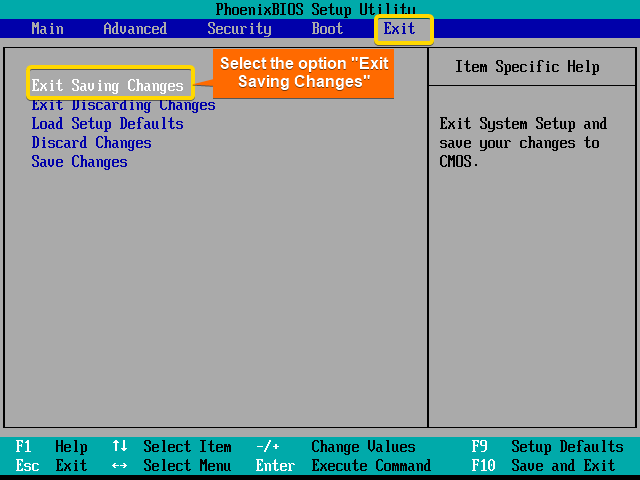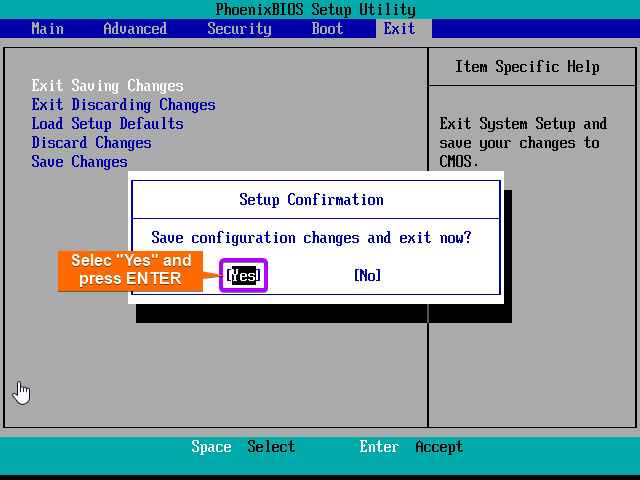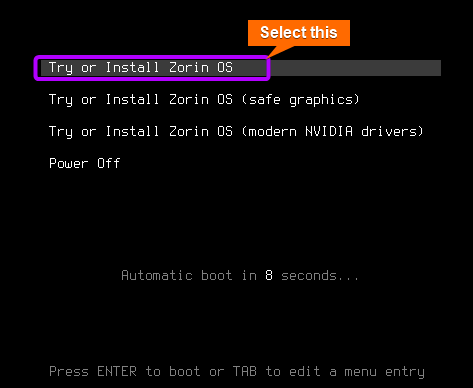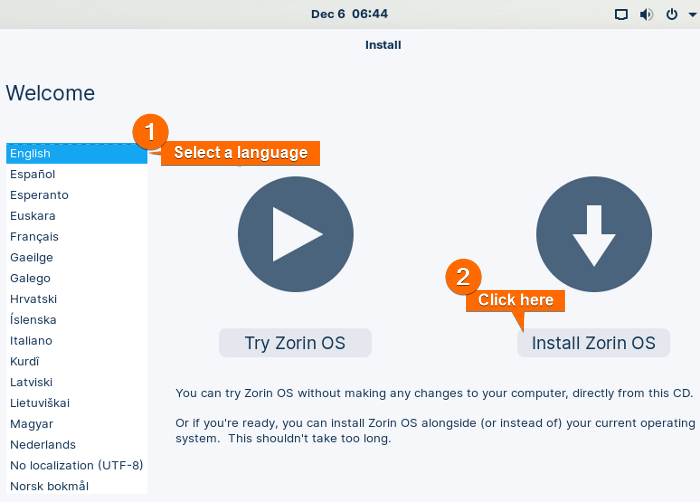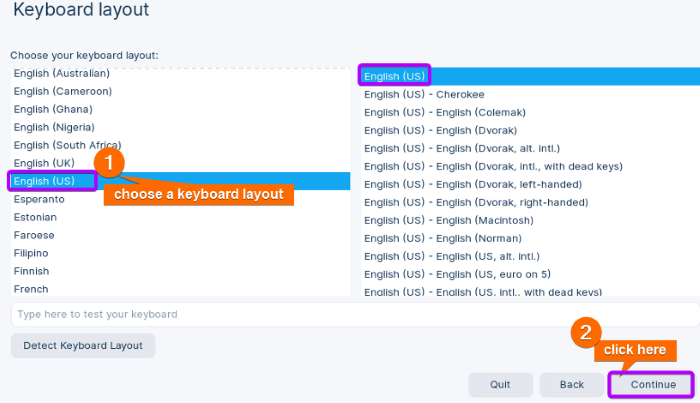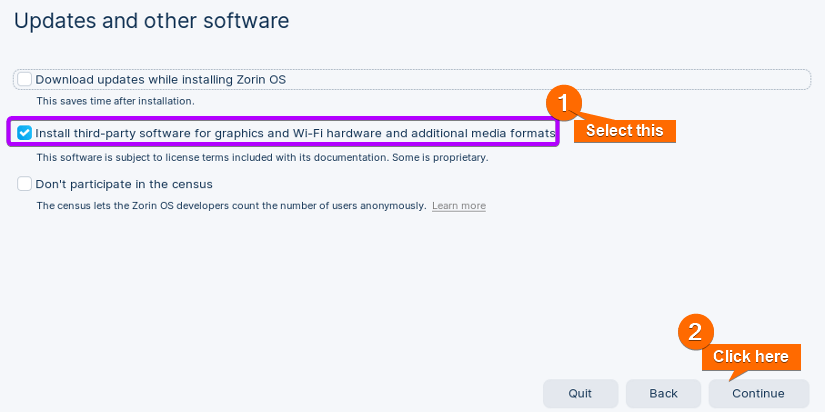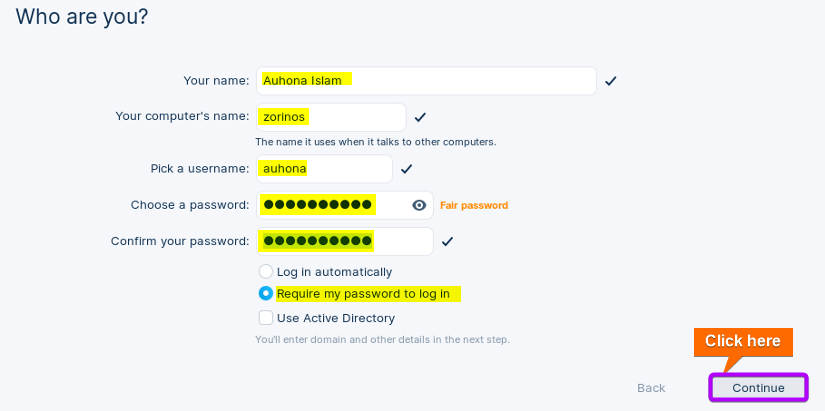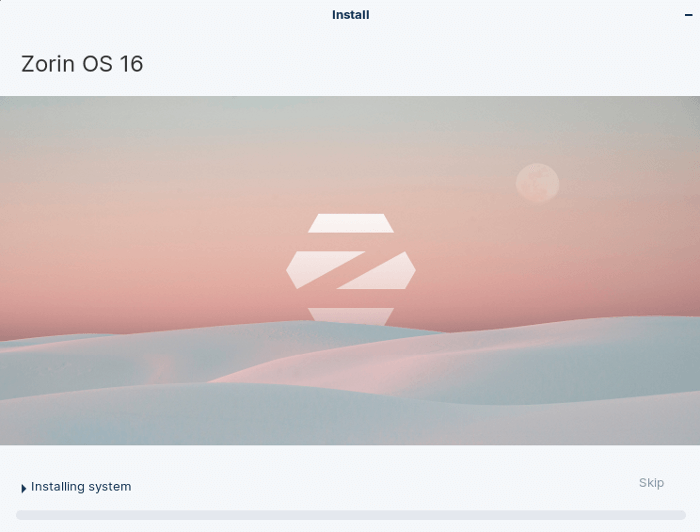FUNDAMENTALS A Complete Guide for Beginners

Zorin OS stands out as a user-friendly and visually appealing Linux distribution in the world of operating systems. Installing Zorin OS is a straightforward process that can open up a world of possibilities for your computer experience. Suppose you’re considering making the switch to Zorin OS. In that case, this step-by-step guide will help you through the installation process of Zorin OS in your system, ensuring a smooth transition to this powerful and user-centric operating system.
What is Zorin OS?
Zorin OS is a Linux distribution built upon Ubuntu, which comes with the default desktop environment of GNOME 3 and XFCE 4. The desktop facilitates a smooth transition for users familiar with Windows and macOS. It’s a user-friendly Linux distribution that has gained popularity for its ease of use and sleek design.
The key factors contributing to its increasing popularity are:
- User-Friendly Interface: Zorin OS has an easy-to-use user interface that emulates the appearance and functionality of other popular operating systems, making it easy to transition from Windows or macOS.
- Versatility: Zorin OS supports a wide range of software applications and is compatible with many existing Windows programs, offering users a versatile and flexible computing environment.
- Security: Being based on Linux, Zorin OS benefits from the robust security features inherent in the open-source community, providing a secure computing environment.
Requirements to Install Zorin
- Minimum 2 GB RAM (4 GB recommended).
- 25 GB of hard drive space.
- USB drive.
Steps to Install Zorin OS
Installing Zorin OS includes downloading the ISO file, creating a bootable media, and ultimately executing the OS installation through the bootable media. Before diving into the installation process, it’s essential to back up important files from your computer to an external drive or a cloud storage service.
To initiate the Zorin OS installation process, proceed with the following steps:
Step 1: Download the Zorin ISO File
Go to the Zorin’s official website to install the ISO file.
Step 2: Create a Bootable Media
You can utilize Etcher, an open-source application to create a bootable USB drive from the ISO file.
- First, install Etcher on either Windows or MacOS. Upon installation is complete, launch the application and choose the “Flash from File” option.
- Next, select the ISO file from the location where you’ve downloaded it.
- Then, connect your USB pen drive to your computer and click on “Select target” on Etcher.
- Select the USB drive from the list.
- Lastly, click on Flash! to start the ISO file on the USB drive.
After that, Etcher will proceed to transfer the contents of the ISO file to your USB drive, effectively making it bootable.
Step 3: Boot Zorin from USB
To boot Zorin from the USB drive follow the below steps:
- First, insert the bootable USB drive into the computer. Subsequently, power on/restart the computer, and the boot window will automatically appear. Navigate to boot using the RIGHT ARROW key.
- Keep the cursor on Removable devices using the DOWN ARROW key. Now, use the +key to move the “Removable Devices” option on the top.
- Navigate to Exit by using the RIGHT ARROW (or you can press ESC).
- Keep the cursor on the “Exit Saving Changes option”. Then, press ENTER.
- Select Yes and press ENTER.
- After booting, the install window will appear on the screen. Here, select “Try or Install Zarin OS”.
Step 4: Choose Language
Select your preferred language (for example ENGLISH) and click on “Install Zorin OS”.
Step 5: Select Keyboard Layout
Choose your preferred keyboard layout and click on Continue.
Step 6: Update and Other Software
Select the “Install third-party software for graphics and Wi-Fi hardware and additional media formats” option. Then, click on Continue.
Step 7: Choose Installation Type
- Select “Erase disk and install Zorin Os” as “Installation type” and click on Install Now.
Note: If you want to create or resize partitions, or choose multiple partitions for Zorin OS, choose the “Something else” option as the installation type.
-
To write the changes to disks, click on Continue.
Step 8: Specify the Location
Select your location from the map and click on Continue.
Step 9: Set up User Credentials
To set user credentials, provide your name, and set your computer’s name, and username. Then, Choose a password for the user account. Lastly, check the “Require my password to log in” circle and click on Continue.
Step 10: Install Zorin OS
Upon completing the pre-installation setup, the installation starts.
Step 11: Restart the OS
After completion of the installation, click on Restart Now to save the changes you’ve made.
Step 12: Login to the OS
Following the restart is complete, click on the “User Name” and enter your user password. Then, press ENTER. 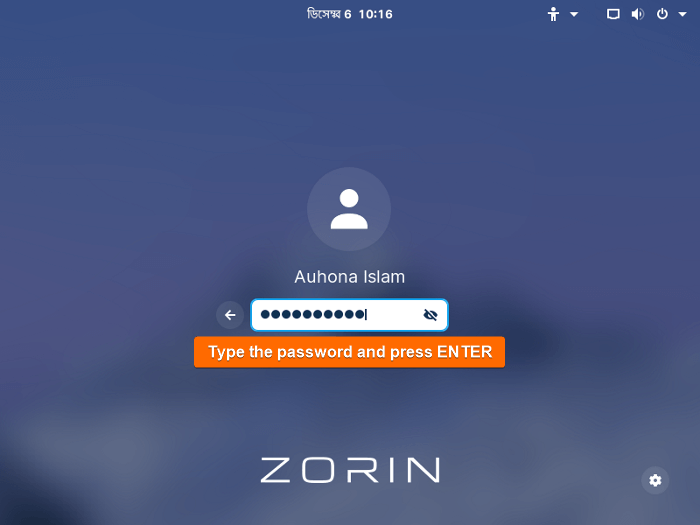
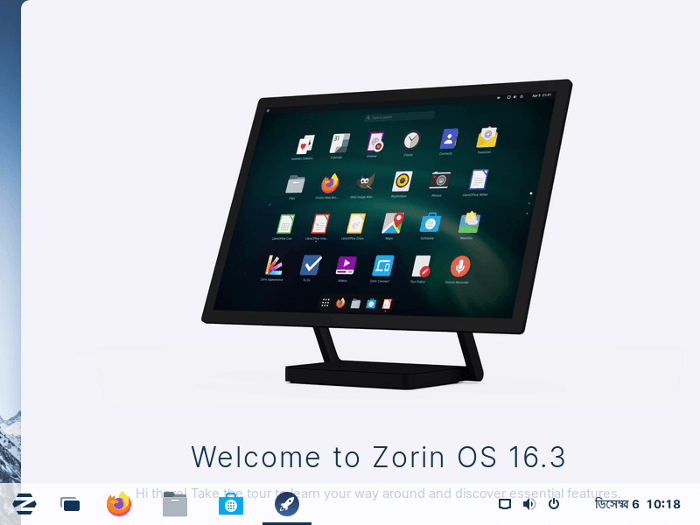

Conclusion
To conclude, installing Zorin Os is a user-friendly process that opens the door to a powerful and versatile computing experience. By following these steps, you’ll seamlessly transition to Zorin OS, enjoying the benefits of a secure, visually appealing, and highly customizable operating system. Embrace the world of open-source computing and discover the endless possibilities that Zorin OS has to offer.
People Also Ask
Can I install Zorin without USB?
Yes, it’s possible to install Zorin without a USB drive. There are alternative methods you can use to install Zorin OS:
- DVD/CD: You can burn the Zorin OS ISO file to a DVD or CD and use it as a bootable installation media.
- Virtual Machine: You can use virtual machines like VMware or VirtualBox to install Zorin OS. You have to create a virtual machine, mount the Zorin OS ISo file as a virtual CD/DVD, and install it with the virtual environment.
- Network Installation: Zorin OS supports network installation which involves booting from a minimal bootable image that loads essential components and downloads the rest of the system files over the network.
What are the disadvantages of Zorin OS?
Here are some potential disadvantages of Zorin OS:
- Limited Software Support: Zorin OS may not support all proprietary applications commonly used on other operating systems.
- Learning Curve for New Users: Users transitioning from Windows or macOS may face a learning curve when adapting to the Linux environment and Zorin-specific features.
- Hardware Compatibility: Some hardware configurations may experience compatibility challenges with Zorin OS.
- Smaller Community: Zorin OS has a smaller user base, resulting in fewer community resources and support options.
Is Zorin good for programming?
Yes, Zorin is suitable for programming primarily because it provides a Linux environment, which is known for its stability, security, and extensive support for programming languages and development tools.
Additionally, Zorin OS offers a user-friendly interface, making it accessible for programmers, including those transitioning from other operating systems. The availability of package management tools, a robust terminal, and compatibility with popular programming languages contribute to its suitability for software development.
Which is better Zorin or Fedora?
The choice between Zorin OS and Fedora depends on your specific needs, preferences, and the intended use of the operating system. The key differences between Zorin OS and Fedora are:
- User Interface: Zorin OS is known for its user-friendly interface, and it provides a desktop environment that resembles the look and feel of Windows. Whereas, Fedora typically uses the GNOME desktop environment, which offers a clean and modern interface.
- Software Repositories: Zorin OS inherits Ubuntu’s software repositories. Fedora uses the RPM package management and has its own repositories. But Zorin OS may offer easier access to certain applications.
Choose Zorin OS for a user-friendly interface, ideal for Linux beginners. Opt for Fedora if you prefer bleeding-edge tech and frequent updates.
How do I update Zorin OS after installation?
To update Zorin OS after installation:
- Open the terminal or press CTRL+ALT+T.
- Run the
sudo apt updatecommand to update the package list. - Run the
sudo apt upgradecommand to upgrade installed packages. - You can run the
sudo apt autoremovecommand to clean up. - Lastly, run
sudo rebootcommand for changes to take effect
What desktop environments are available in Zorin OS?
Zorin OS provides users with two primary desktop environments. The default is the Zorin Desktop, a custom environment designed to resemble the interface of Windows, making it user-friendly for those transitioning from other operating systems. Additionally, Zorin OS offers the GNOME desktop environment as an alternative option, known for its clean and modern interface.
Related Articles
- How to Install Debian 12 (Bookworm) [A Complete Guide]
- How to Install Kali Linux [Step by Step]
- How to Install Ubuntu [Step by Step]
- How to Install Ubuntu Server?
- How to Install Kubuntu [A Step-by-Step Guide]
- How to Install Lubuntu [Step-by-Step]
- How to Download & Install Xubuntu [Easiest Guide]
- How to Install Linux Mint 21.2 Victoria [Easy Guide]
- How to Install Red Hat Enterprise Linux [Simple Guide]
- How to Install Fedora [A Step-by-Step Tutorial]
- How to Install CentOS 9 [Easiest Guide]
<< Go Back to Linux OS Single Installation | Linux OS Installation Guide | Learn Linux Basics
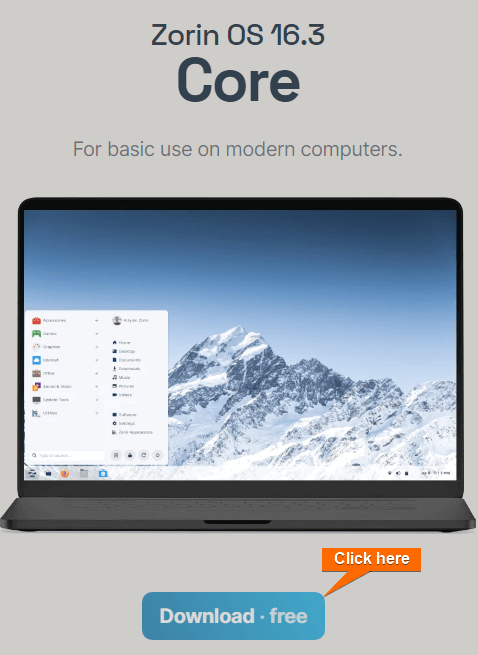


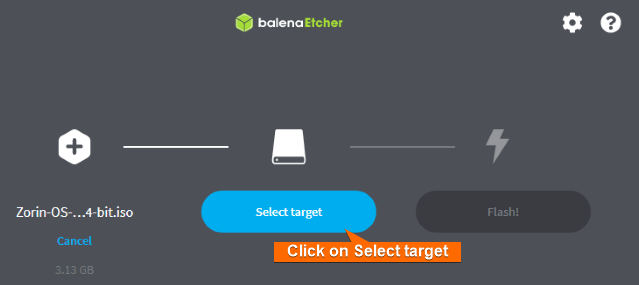
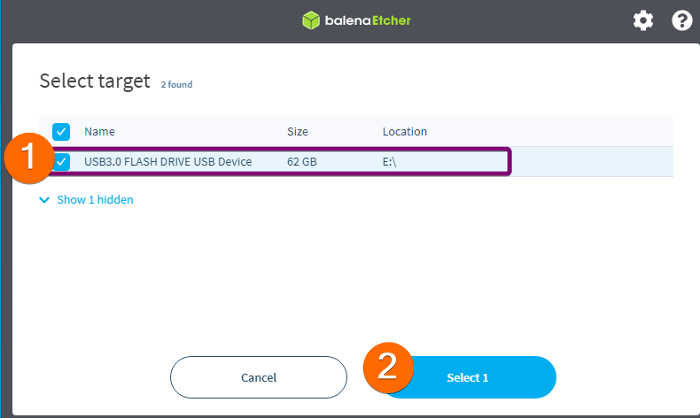
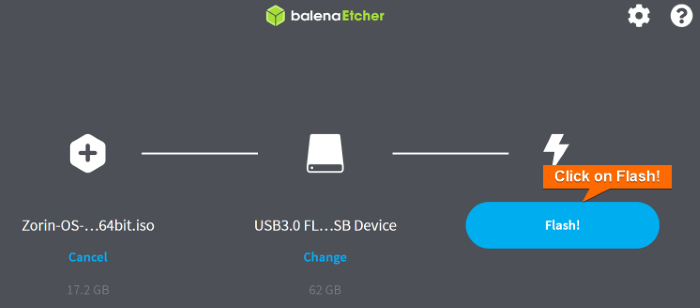 After that, Etcher will proceed to transfer the contents of the ISO file to your USB drive, effectively making it bootable.
After that, Etcher will proceed to transfer the contents of the ISO file to your USB drive, effectively making it bootable.